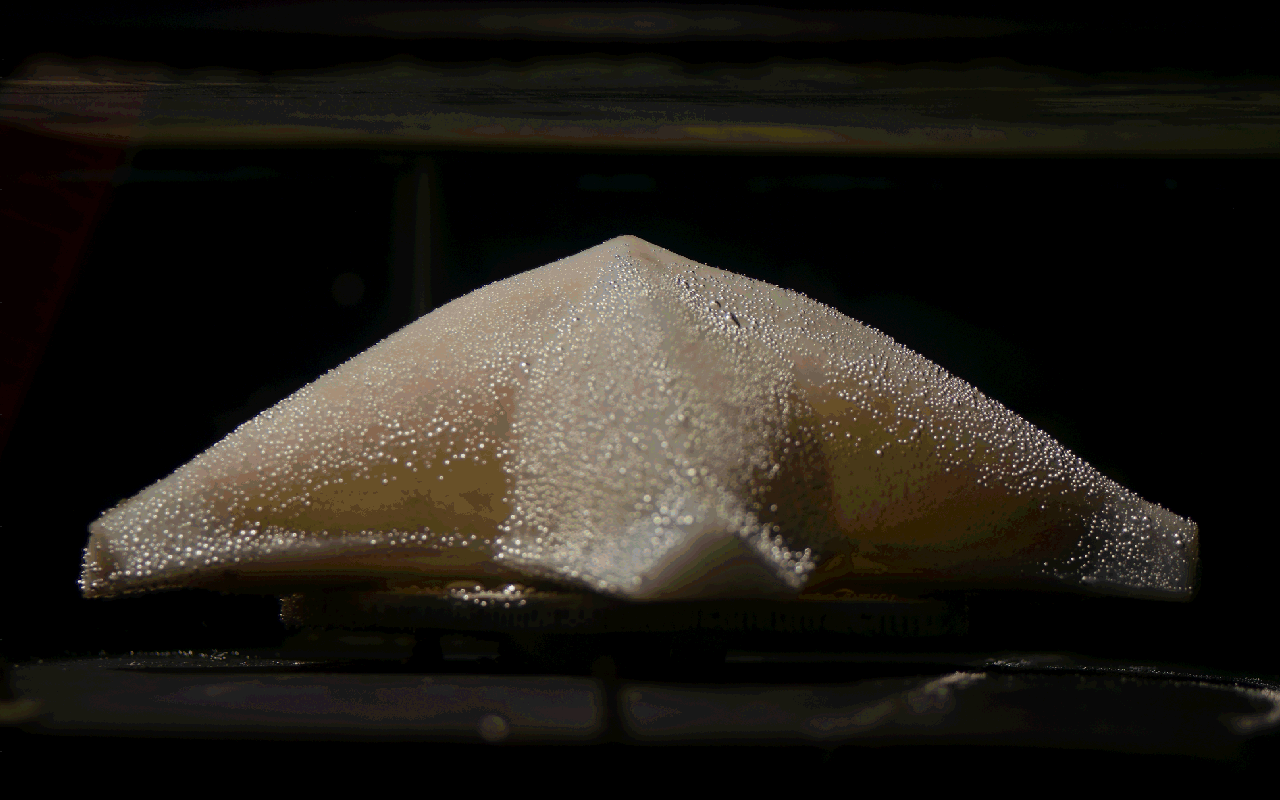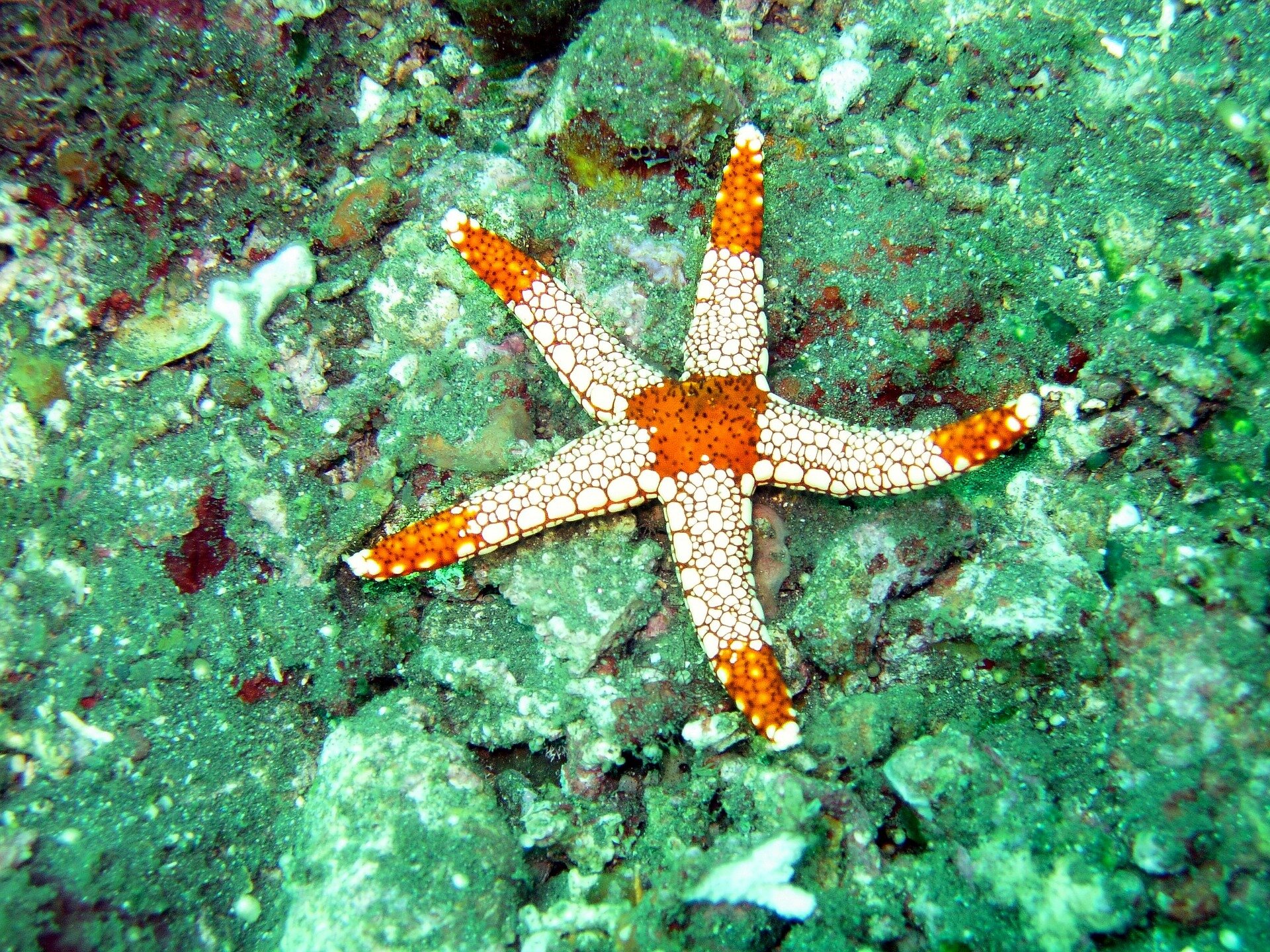In a feat of biomimicry that seamlessly marries biology with physics, tests carried out at the University of Southern California’s Viterbi School of Engineering made fascinating discoveries about a seemingly inconspicuous creature of its namesake — the starfish. With biomimicry as the art of imitating nature to improve man's technological inventions, the design of underwater robots can learn from the structure of the starfish to stop it from being swept away. New research shows that mimicking the structure of the starfish may be the solution that could help press down on this issue.
A simple organism, the sea star is characterised by a decentralised nervous system which allows the body of the starfish to morph as a way to adapt to the forces created by the continuous and unpredictable flow of water.
Starfish (or sea stars) are commonly found close to the water on the sea shore. So far, it was widely believed that a series of suction-cups on the underside of their feet that help them stay in place. But, scientists at USC discovered that the shape of their body also plays an important role. A simple organism, the sea star is characterised by a decentralised nervous system which allows the body of the starfish to morph as a way to adapt to the forces created by the continuous and unpredictable flow of water.
Termed as “downforce”, the mouldable shape of the starfish allows water to push down on the surface that they are suctioned on, instead of creating the usual lifting motion due to the force. By a simple application of Newton’s Third Law, the starfish pushes flow away, and as an equal and opposite reaction, the flow of the water pushes this adaptable sea creature down.

This was further verified by tests that placed 3D printed starfish-shaped models at the bottom of water tanks which were subjected to wave action. The triangular wedge shape at the centre of the starfish acted as a ramp, causing water flowing in from the sides to be directed upwards. Such a ‘ramp effect’ is not created by a cone or a sphere, thereby not creating a “downforce”.
It is important to emphasise that it is not merely the star shape of the sea star but also its highly adaptable and intuitive characteristic that makes its body unique. In the event of a high wave activity or force, the starfish grow skinnier and take on a lower profile. In a contrasting, more sheltered environment, their cross sections get bigger. It is this adaptability of the body along with its structure, that make it a highly useful design for underwater robots.
The adaptability of the body along with its structure, make it a highly useful design for underwater robots.
The next step in this discovery is studying a soft structure that can morph in real time. The core idea of the design is to be responsive, thereby giving the soft-bodied robots the ability to adapt just as the starfish does. The lead researcher, Dr. Mitul Luhar, is keen on learning from what’s around us instead of opposing it. He said, “If we can take advantage of the surrounding environment instead of battling it, we can generate efficiency and performance gains.” Having an ocean full of organisms that daily survive its strong currents, the researchers certainly won't lack inspiration for improvement!

Share your thoughts and join the technology debate!
Be the first to comment